Home>Furniture & Design>Interior Design Trends>How Is A Glass Cup Made
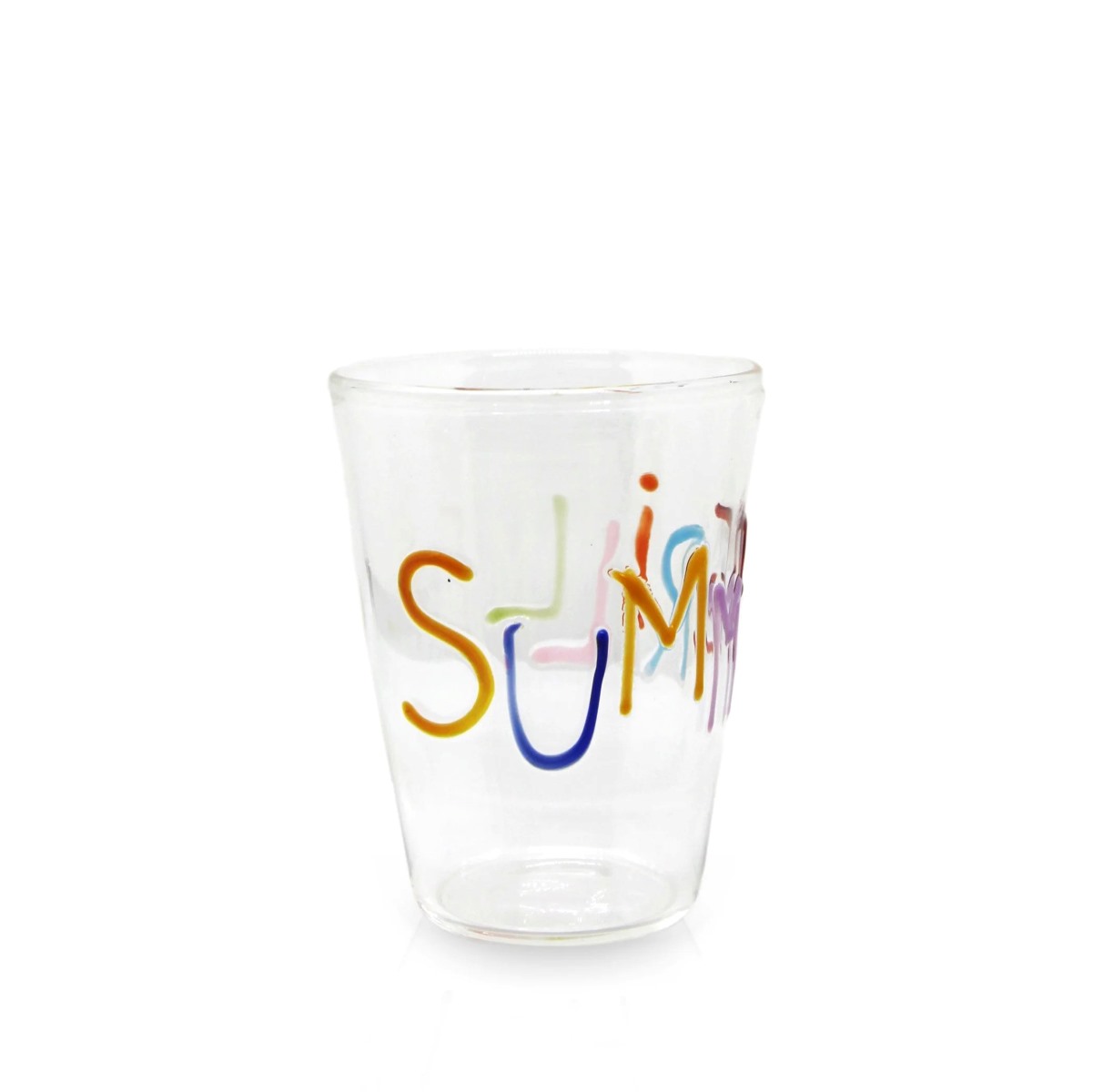

Interior Design Trends
How Is A Glass Cup Made
Modified: February 18, 2024
Discover the latest interior design trends and learn how a glass cup is made. Explore the process and find inspiration for your home decor.
(Many of the links in this article redirect to a specific reviewed product. Your purchase of these products through affiliate links helps to generate commission for Storables.com, at no extra cost. Learn more)
Introduction
Glass cups are a ubiquitous part of our daily lives, serving as vessels for our favorite beverages and adding a touch of elegance to our dining experiences. Have you ever wondered about the intricate process behind the creation of these transparent marvels? From the raw materials to the meticulous craftsmanship, the journey of a glass cup is a fascinating tale of transformation.
The art of glassmaking dates back thousands of years, with ancient civilizations honing the craft to create exquisite glassware that still captivates us today. Modern glassmaking techniques have evolved, yet the essence of this delicate artistry remains unchanged. The journey of a glass cup begins with a careful selection of raw materials, followed by a series of intricate processes that culminate in the creation of a functional and visually appealing vessel.
As we delve into the world of glass cup production, we will uncover the secrets behind the transformation of raw materials into molten glass, the shaping and annealing processes that give the cup its form and strength, and the meticulous quality control measures that ensure each cup meets the highest standards.
Join us on this captivating journey through the mesmerizing world of glassmaking, where creativity, precision, and tradition converge to produce the everyday marvel that is the glass cup.
Key Takeaways:
- Glass cups are made from silica sand, soda ash, and limestone, melted at high temperatures and shaped by skilled artisans, resulting in elegant and durable vessels for our daily use.
- The journey of a glass cup involves meticulous craftsmanship, including annealing for strength and decorating for visual appeal, ensuring each cup meets the highest standards of excellence.
Read more: How Are Glass Cups Made
Raw Materials
The journey of a glass cup begins with the careful selection of raw materials, each playing a crucial role in the composition and characteristics of the final product. The primary components of glass include silica sand, soda ash, and limestone, which form the foundation of the glassmaking process. Silica sand, with its high silica content, serves as the primary ingredient, providing the essential glass-forming oxide. Soda ash, also known as sodium carbonate, lowers the melting point of the silica, facilitating the fusion of the raw materials. Limestone, rich in calcium carbonate, stabilizes the chemical composition of the glass, enhancing its durability and resistance to environmental factors.
In addition to these fundamental components, glassmakers often incorporate various additives to impart specific properties to the glass. For instance, alumina may be added to enhance the strength and durability of the glass, making it suitable for a wider range of applications. Colorants such as metal oxides are introduced to achieve a spectrum of vibrant hues, transforming the transparent glass into a kaleidoscope of colors. Furthermore, recycled glass, known as cullet, is frequently integrated into the raw materials, promoting sustainability and reducing the environmental impact of glass production.
The meticulous selection and precise combination of these raw materials are essential in achieving the desired characteristics of the glass, whether it be clarity, strength, or color vibrancy. Once the raw materials are assembled, they undergo a rigorous process of melting and refining, where they are transformed into the molten liquid that will shape the future glass cups.
The careful orchestration of these raw materials sets the stage for the captivating transformation that unfolds in the heart of the glassmaking process. As the raw materials converge and meld into a harmonious blend, they lay the foundation for the artistry and craftsmanship that will ultimately yield the exquisite glass cups that grace our tables and enrich our daily rituals.
Melting and Forming
The transformation of raw materials into molten glass marks the pivotal stage in the creation of glass cups, where the alchemy of heat and precision craftsmanship converges to shape the future vessels. The process commences with the meticulous blending of the selected raw materials, which are carefully measured and introduced into a furnace. The furnace, operating at temperatures exceeding 1700°C (3092°F), serves as the crucible where the raw materials undergo a mesmerizing metamorphosis.
Within the searing confines of the furnace, the raw materials gradually yield to the relentless heat, fusing into a molten liquid of remarkable clarity and viscosity. This molten glass, akin to a radiant golden river, flows with a mesmerizing fluidity, ready to be sculpted and transformed into the elegant forms that define glass cups.
The glassmaker deftly gathers a glowing mass of molten glass onto the end of a blowpipe, skillfully manipulating the malleable material with practiced precision. Through a delicate dance of centrifugal force and controlled breath, the glassmaker shapes the molten glass into a mesmerizing orb, laying the foundation for the creation of the cup. The pliability of the molten glass allows for the seamless formation of intricate designs, from smooth, sleek surfaces to delicate embellishments that adorn the vessel.
As the molten glass begins to cool, it undergoes a gradual transition from a state of fluidity to one of solidity, capturing the essence of the glass cup within its crystalline structure. The artistry of the glassmaker comes to life as the molten glass is deftly shaped and formed, each movement imbuing the vessel with a unique character and allure.
The mesmerizing interplay of heat, skill, and creativity culminates in the birth of a glass cup, a testament to the artistry and ingenuity that defines the craft of glassmaking. From the fiery depths of the furnace to the skilled hands of the glassmaker, the journey of melting and forming embodies the timeless allure of glass cups, encapsulating the delicate balance between tradition and innovation.
In the next phase of the glassmaking journey, we will explore the meticulous processes of annealing and decorating, where the newly formed glass cups undergo further refinement and embellishment, elevating them to the pinnacle of elegance and functionality.
Annealing and Decorating
Following the mesmerizing transformation of molten glass into elegant forms, the newly formed glass cups embark on a journey of refinement and embellishment, where the delicate processes of annealing and decorating bestow upon them strength, resilience, and captivating allure.
Annealing:
The process of annealing is a critical phase in the creation of glass cups, ensuring that the vessels attain the necessary strength and durability to withstand the rigors of everyday use. After the initial shaping and forming, the glass cups undergo a carefully orchestrated cooling process within a temperature-controlled annealing lehr. This gradual cooling process allows the glass to relieve internal stresses and solidify without introducing structural weaknesses, effectively fortifying the cups against thermal and mechanical shocks. The controlled cooling period, often spanning several hours, imparts a robustness to the glass, enhancing its resistance to breakage and thermal differentials. The meticulous annealing process is a testament to the dedication to craftsmanship, ensuring that each glass cup emerges from the lehr with the resilience and strength that define exceptional glassware.
Read more: How Is Candy Glass Made
Decorating:
Once the glass cups have undergone the transformative annealing process, they are poised to receive embellishments that elevate them to the pinnacle of elegance and visual appeal. The art of decorating glass cups encompasses a myriad of techniques, from intricate etching and engraving to the application of vibrant colors and captivating designs. Skilled artisans employ a diverse array of methods to adorn the glass cups, each technique bearing the hallmark of meticulous artistry and creativity. Whether it be the delicate tracing of ornate patterns or the application of lustrous finishes, the decorating process infuses the glass cups with a captivating aesthetic that transcends functionality. The marriage of form and embellishment yields glass cups that not only serve as utilitarian vessels but also stand as exquisite works of art, enriching the daily rituals they accompany.
The harmonious convergence of annealing and decorating represents the culmination of the glassmaking journey, where the once-molten raw materials have been transformed into refined, resilient, and visually captivating glass cups. From the controlled cooling of the annealing lehr to the meticulous artistry of decorating, each phase of this journey embodies the dedication to craftsmanship and the enduring allure of glassware.
In the next section, we will delve into the indispensable realm of quality control, where exacting measures ensure that each glass cup meets the highest standards of excellence, embodying the artistry and precision that define exceptional glassware.
When making a glass cup, it’s important to use high-quality silica sand, soda ash, and limestone to create the glass mixture. The mixture is then heated to a high temperature and shaped using molds or blowing techniques.
Quality Control
The realm of quality control stands as the bastion of excellence in the art of glassmaking, encompassing meticulous measures that uphold the highest standards of craftsmanship and functionality. As the newly formed glass cups emerge from the annealing and decorating processes, they undergo a series of exacting assessments to ensure that they embody the precision, resilience, and visual allure that define exceptional glassware.
The quality control process begins with a comprehensive inspection of each glass cup, where skilled artisans meticulously scrutinize every detail, from the clarity and uniformity of the glass to the precision of the shaping and embellishments. This keen-eyed assessment serves as the first line of defense against imperfections, ensuring that only the finest specimens proceed to the subsequent stages of quality control.
Following the initial inspection, the glass cups undergo rigorous testing to evaluate their resilience and functionality. These tests encompass a spectrum of assessments, including thermal shock resistance, impact durability, and dimensional accuracy. Each test is designed to simulate real-world scenarios, ensuring that the glass cups can withstand the demands of daily use without compromising their structural integrity or visual appeal.
In addition to functional assessments, the quality control process encompasses meticulous checks for visual imperfections, such as bubbles, blemishes, or irregularities in the glass. Skilled artisans employ specialized tools and lighting techniques to detect even the most subtle flaws, upholding the uncompromising standards of visual clarity and aesthetic allure.
Furthermore, the quality control process extends to the assessment of the glass cups' dimensional precision, ensuring that each vessel adheres to exacting specifications. From the consistency of the rim diameter to the uniformity of the base, these assessments guarantee that the glass cups exhibit the precise dimensions that define exceptional glassware.
The culmination of the quality control process is the meticulous certification of each glass cup, signifying its adherence to the highest standards of excellence. This certification serves as a testament to the artistry, precision, and dedication to craftsmanship that permeate every facet of the glassmaking journey, ensuring that each glass cup that graces our tables embodies the timeless allure of exceptional glassware.
The journey of a glass cup, from the selection of raw materials to the exacting measures of quality control, embodies the enduring legacy of glassmaking, where tradition, innovation, and artistry converge to produce vessels that enrich our daily rituals and elevate the aesthetics of our surroundings.
Conclusion
The journey of a glass cup, from its inception as raw materials to its transformation into a refined vessel, is a testament to the enduring allure of glassmaking. The meticulous selection and fusion of raw materials, the mesmerizing dance of heat and craftsmanship, and the exacting measures of annealing, decorating, and quality control converge to yield glass cups that embody the pinnacle of elegance, resilience, and functionality.
As the molten glass yields to the skilled hands of artisans, it takes on forms that transcend mere functionality, becoming vessels of captivating beauty and enduring allure. The delicate embellishments and vibrant hues that adorn the glass cups speak to the artistry and creativity that define exceptional glassware, enriching our daily rituals with a touch of visual splendor.
Furthermore, the rigorous processes of annealing and quality control fortify the glass cups, imbuing them with the strength and resilience to withstand the rigors of everyday use. Each glass cup emerges from these processes as a testament to the dedication to craftsmanship, bearing the hallmark of precision and excellence that defines exceptional glassware.
The journey of a glass cup is not merely a tale of transformation; it is a narrative of tradition, innovation, and artistry that has endured through millennia. From ancient civilizations to modern artisans, the craft of glassmaking has woven a timeless tapestry of creativity and ingenuity, yielding vessels that grace our tables and elevate the aesthetics of our surroundings.
In the delicate translucency of a glass cup, we behold the convergence of art and functionality, tradition and innovation, and the enduring allure of a craft that has stood the test of time. As we raise our glass cups in celebration, we pay homage to the artisans and craftsmen whose dedication and skill have bestowed upon us these exquisite vessels that enrich our lives in ways both practical and profound.
Frequently Asked Questions about How Is A Glass Cup Made
Was this page helpful?
At Storables.com, we guarantee accurate and reliable information. Our content, validated by Expert Board Contributors, is crafted following stringent Editorial Policies. We're committed to providing you with well-researched, expert-backed insights for all your informational needs.

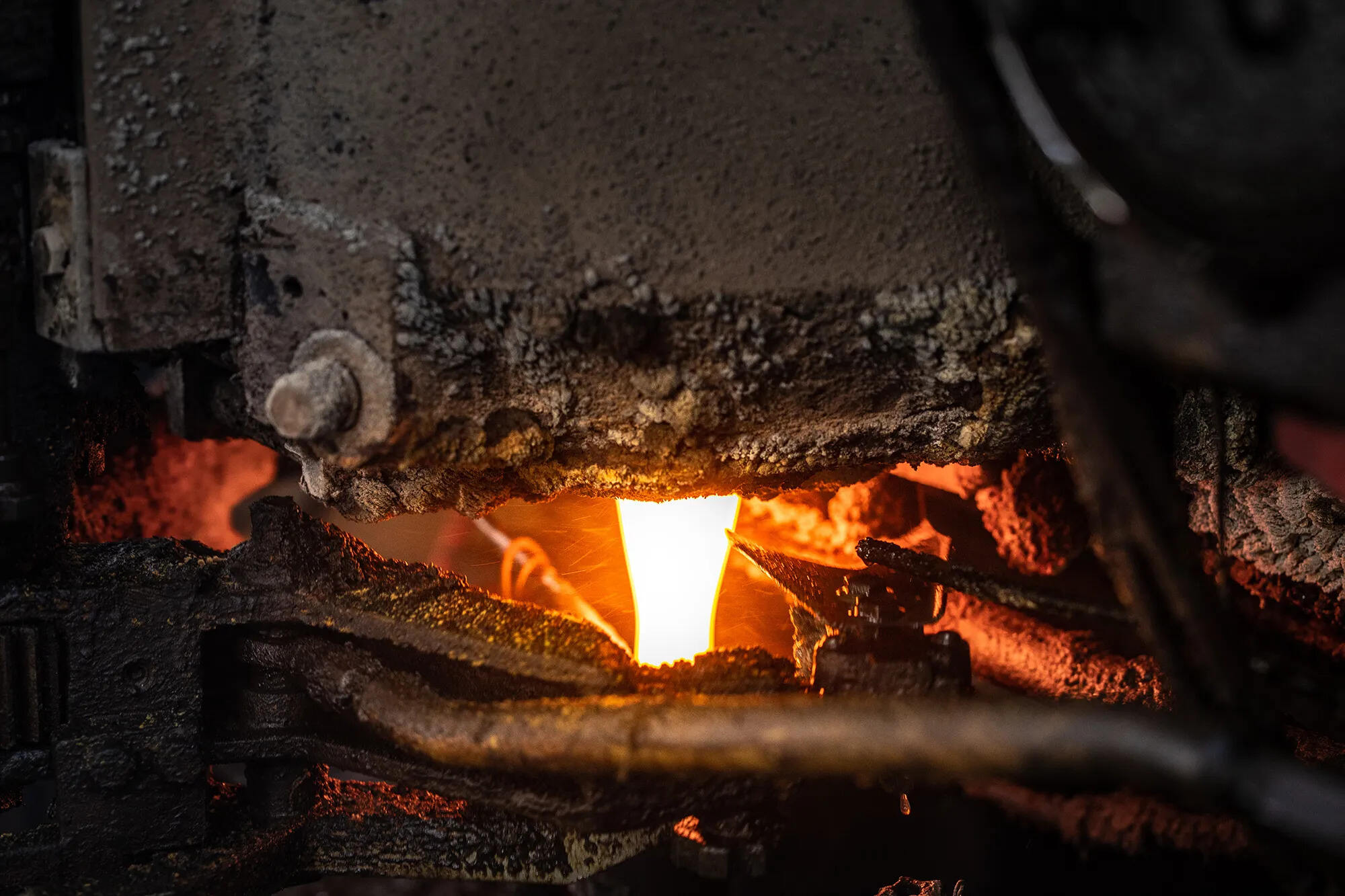
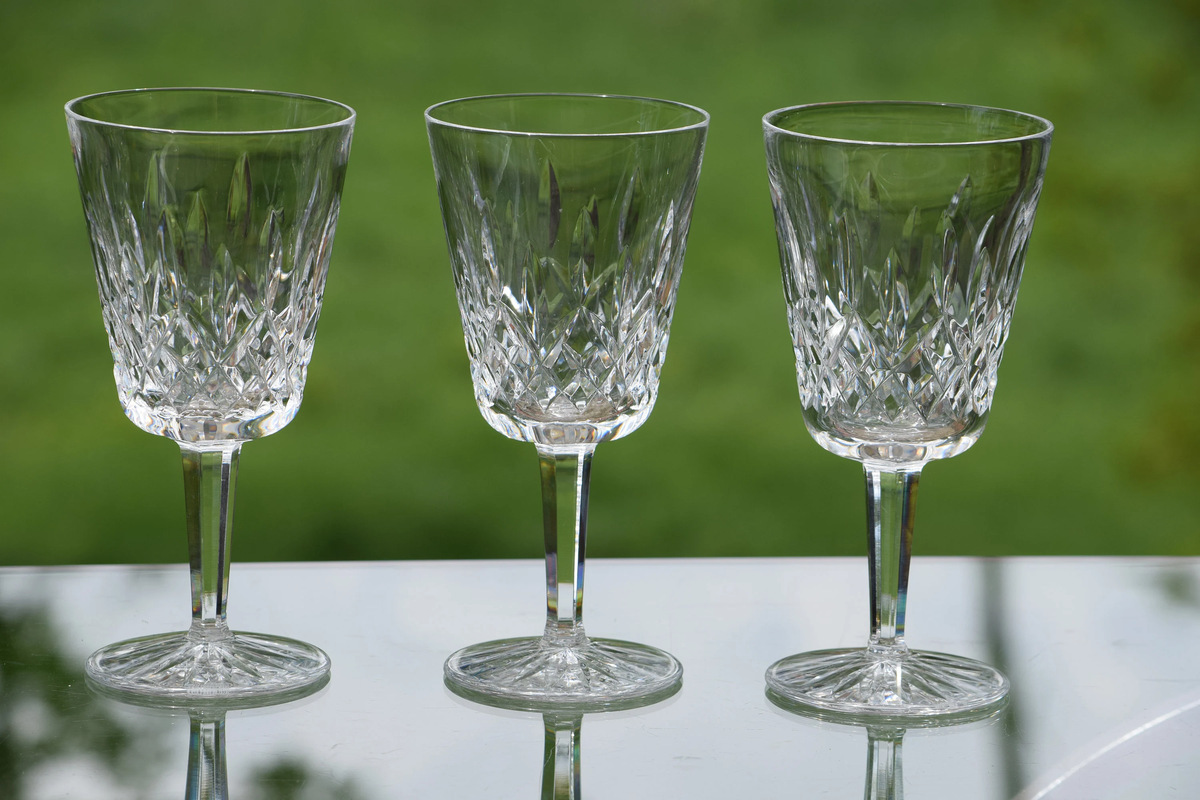
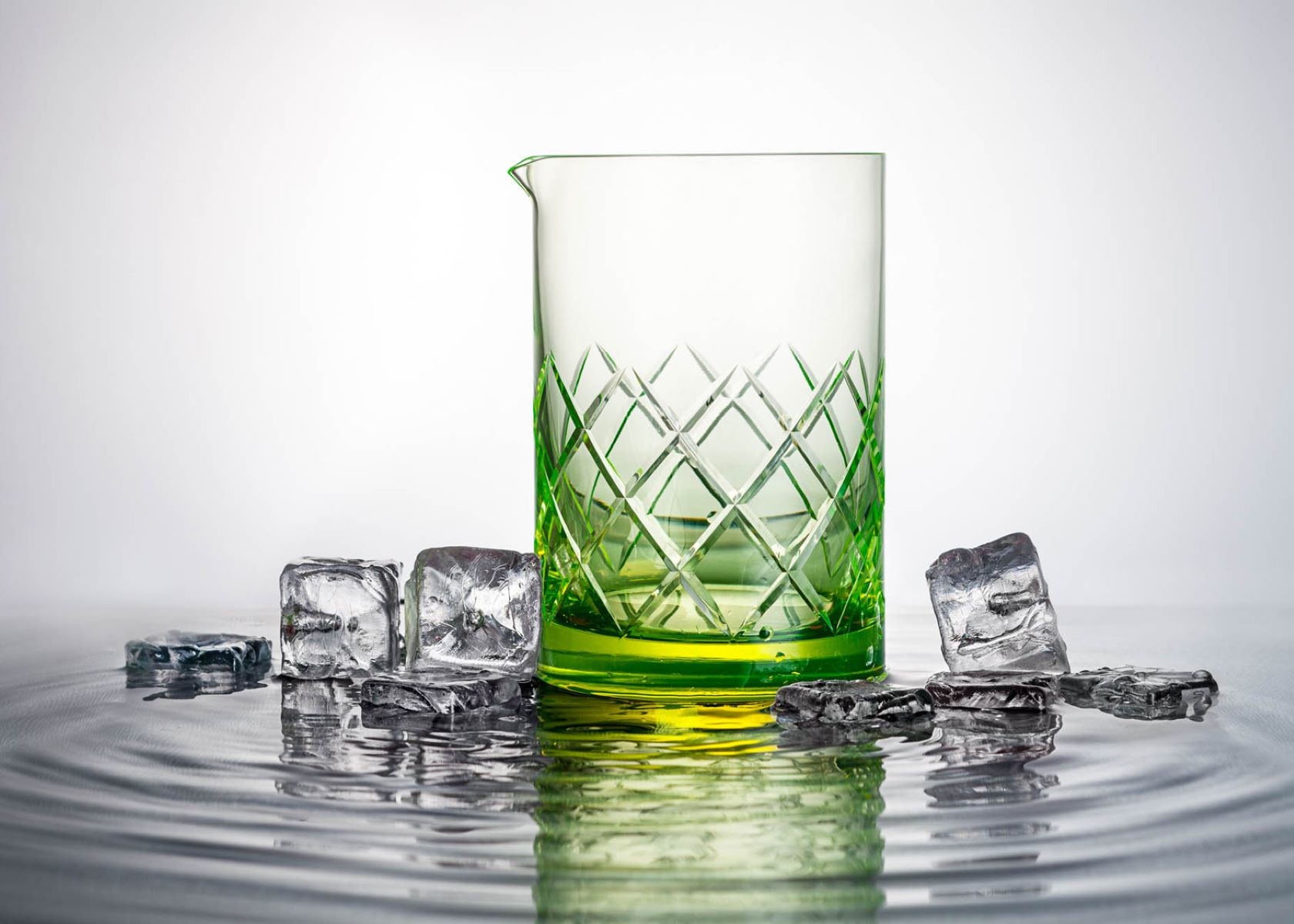
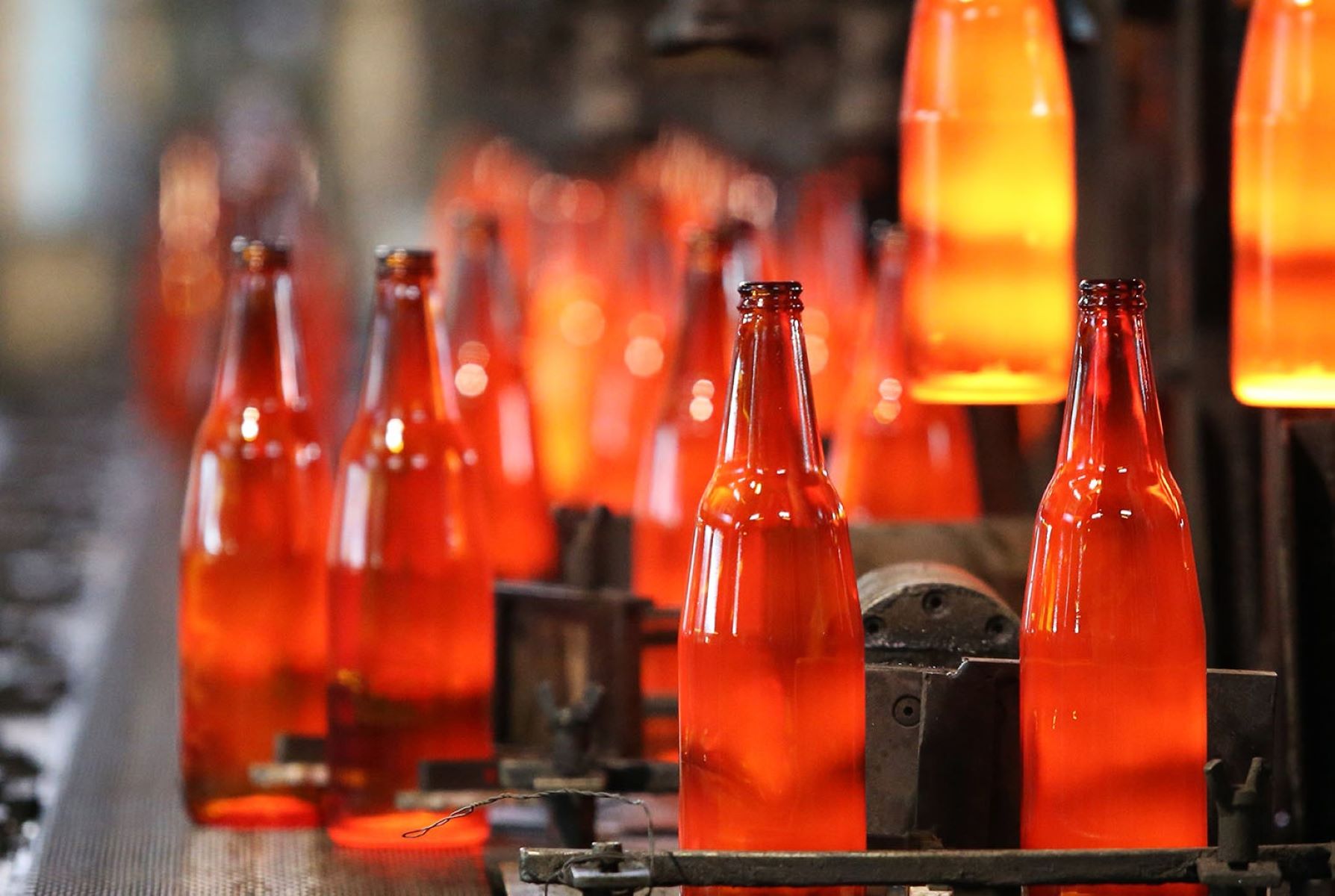
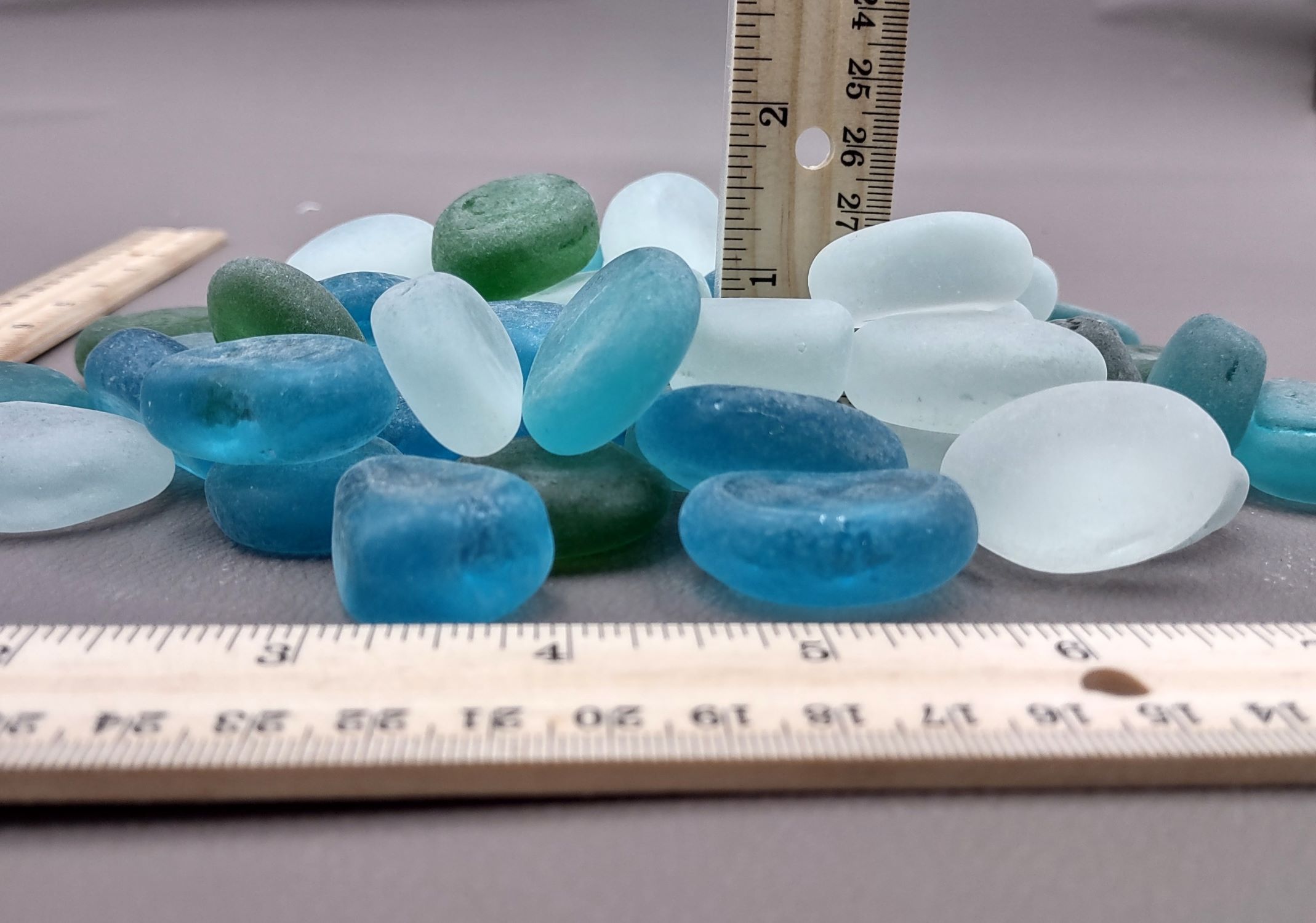
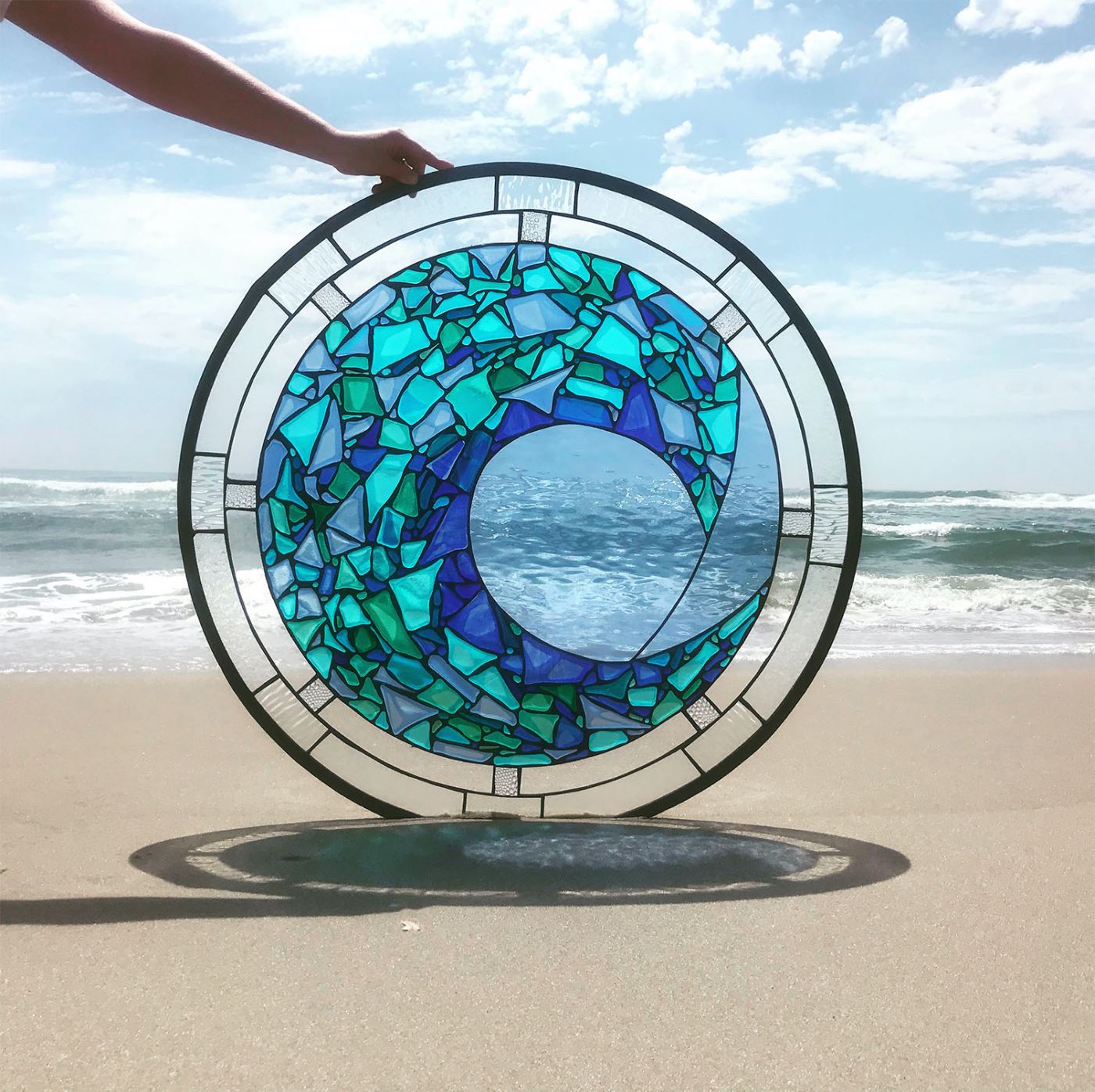
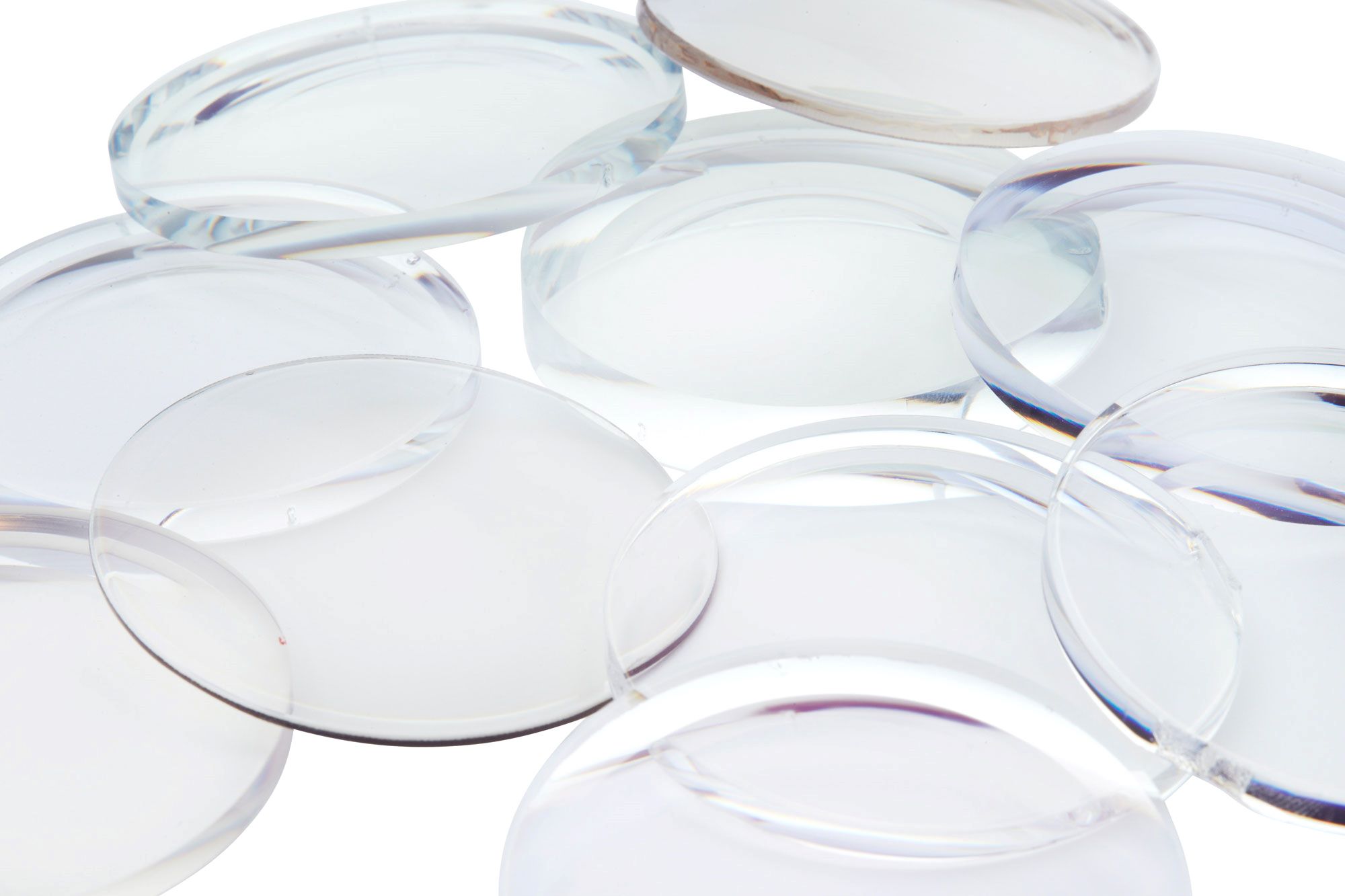
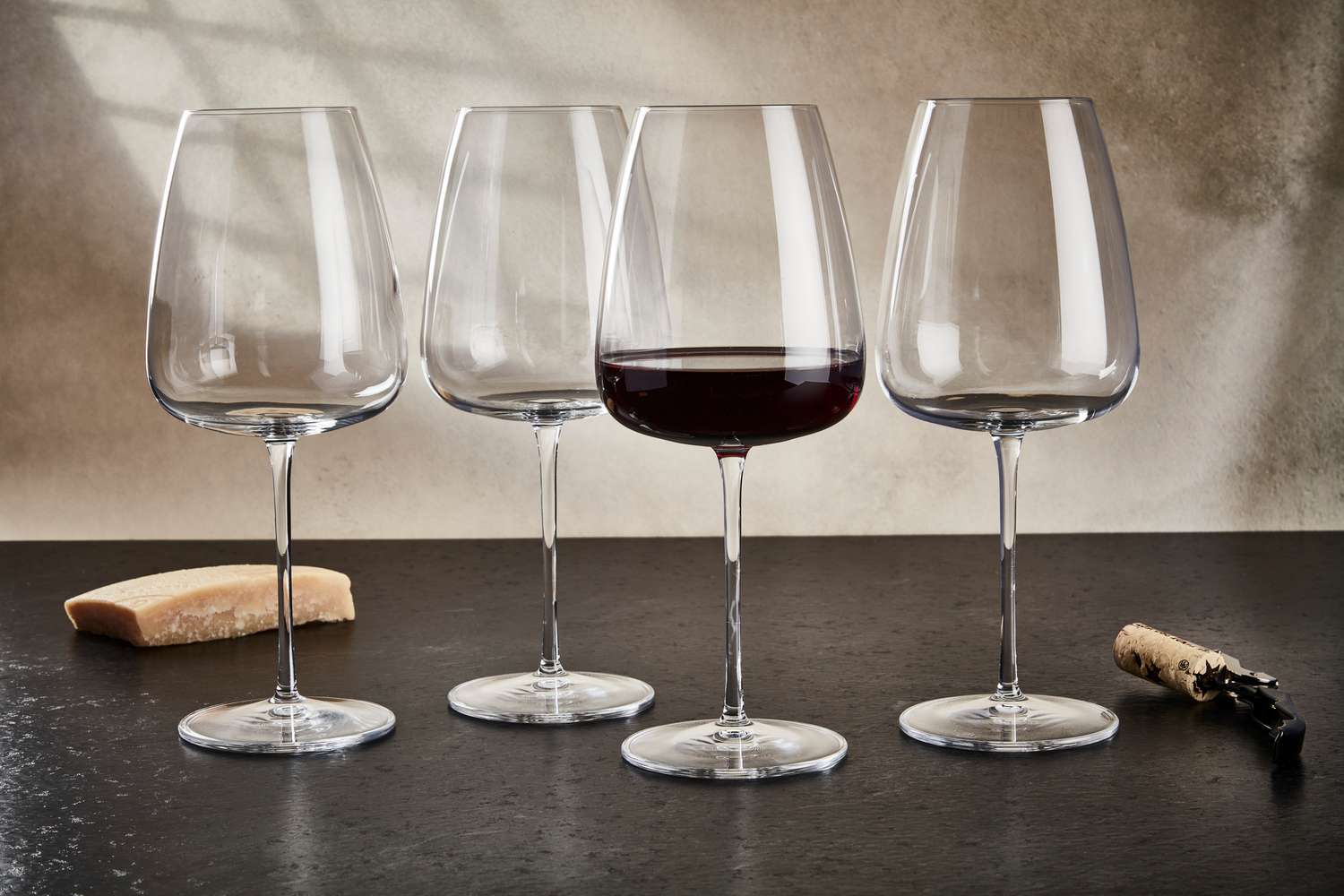
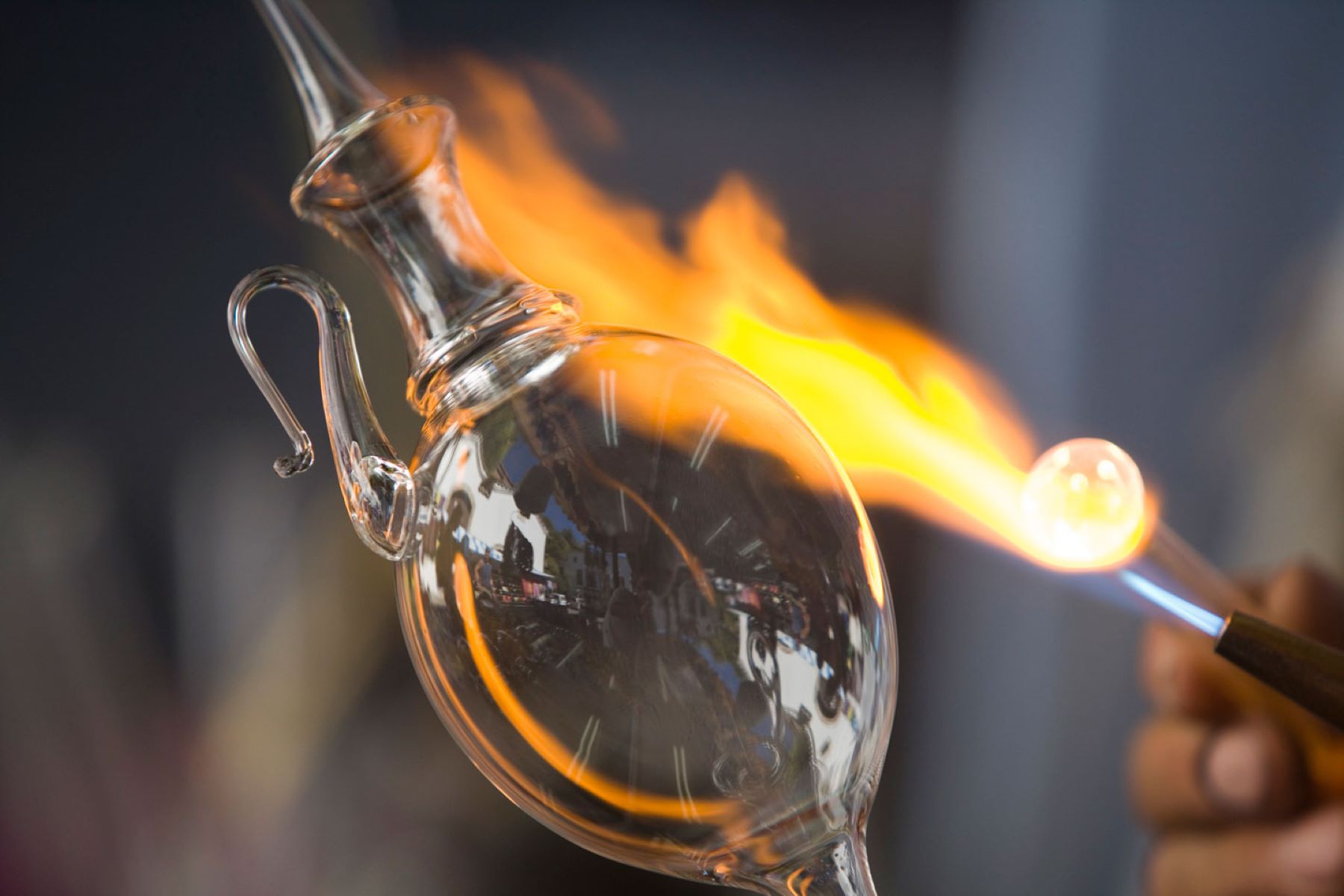
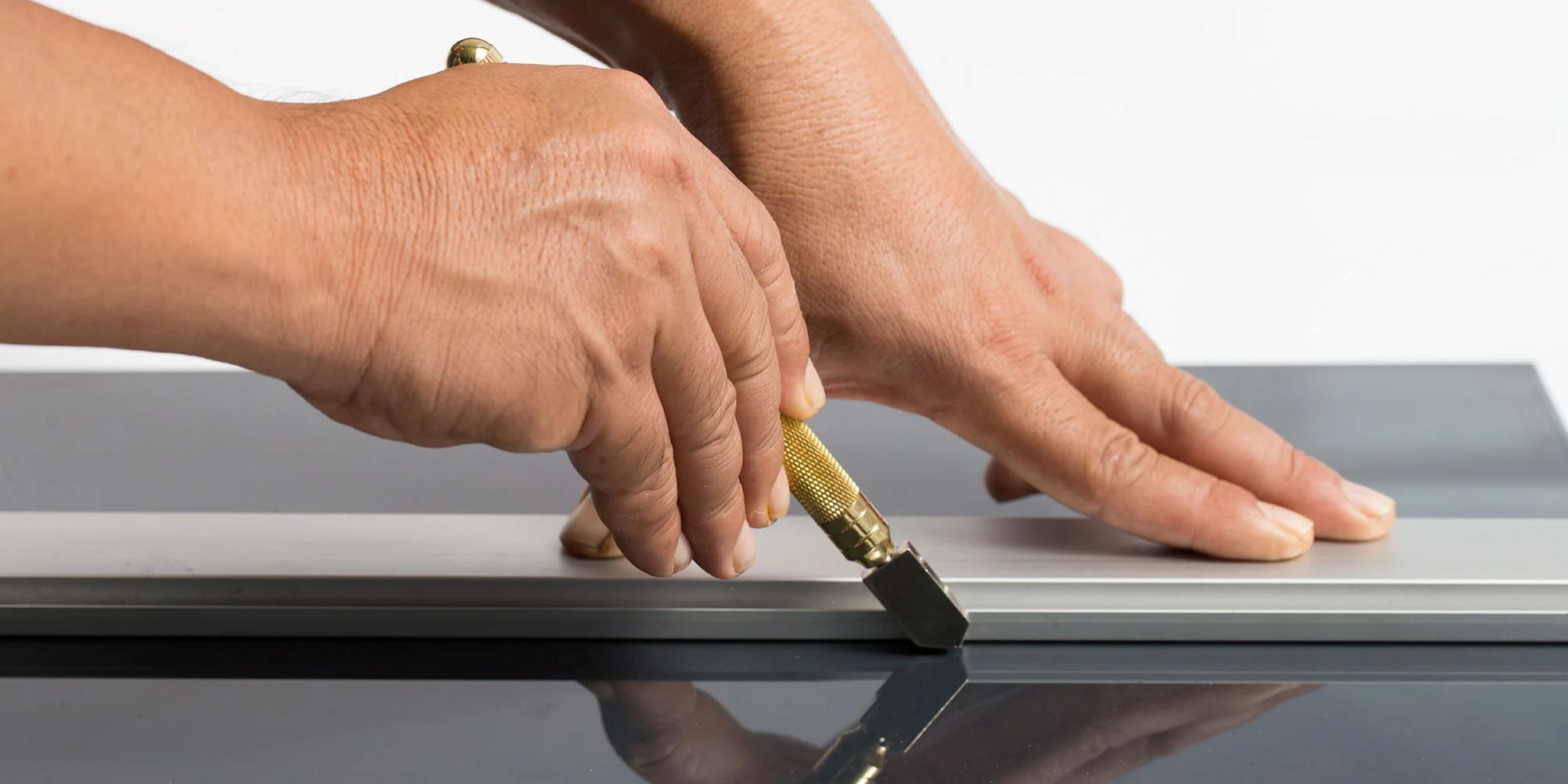
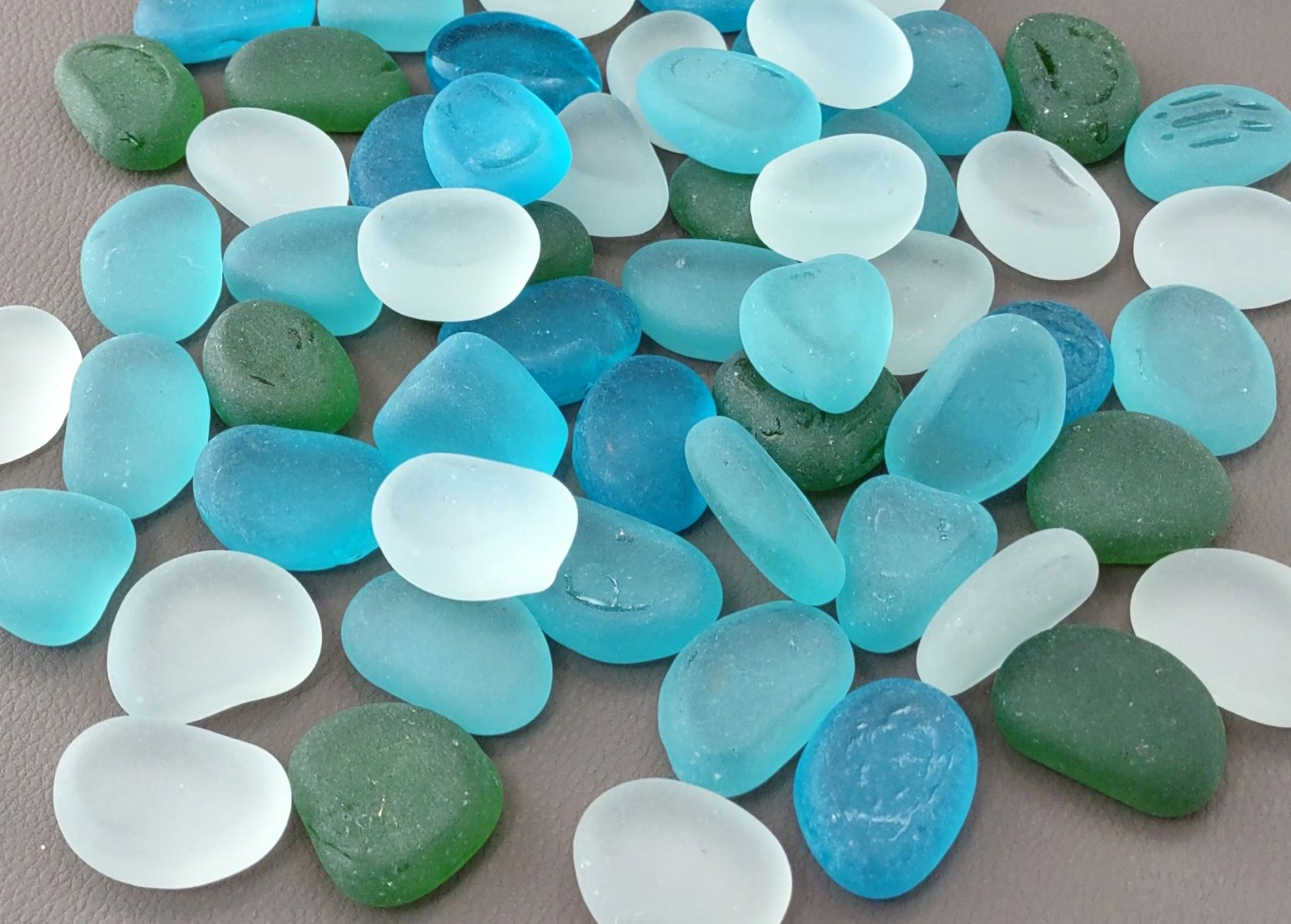
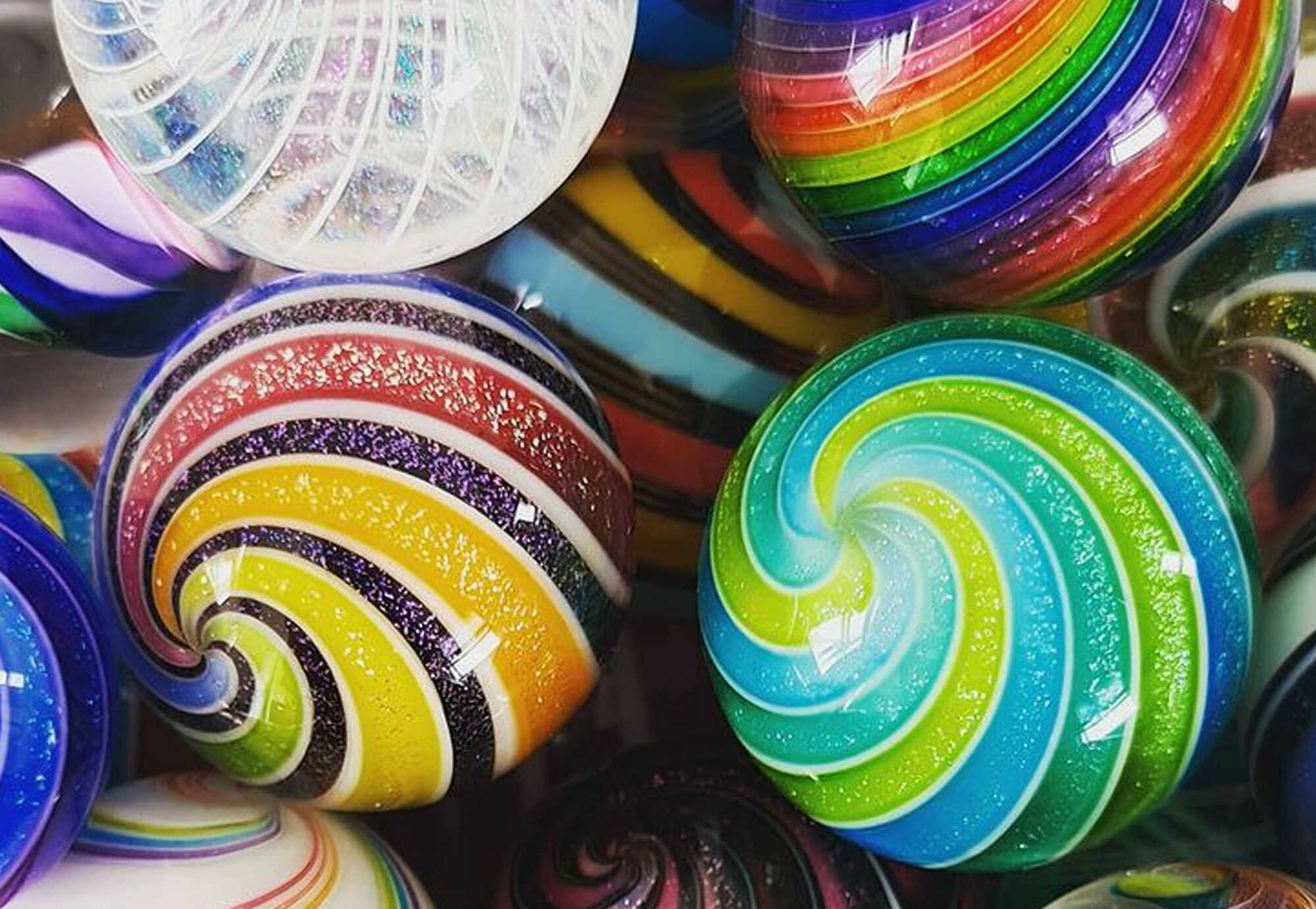
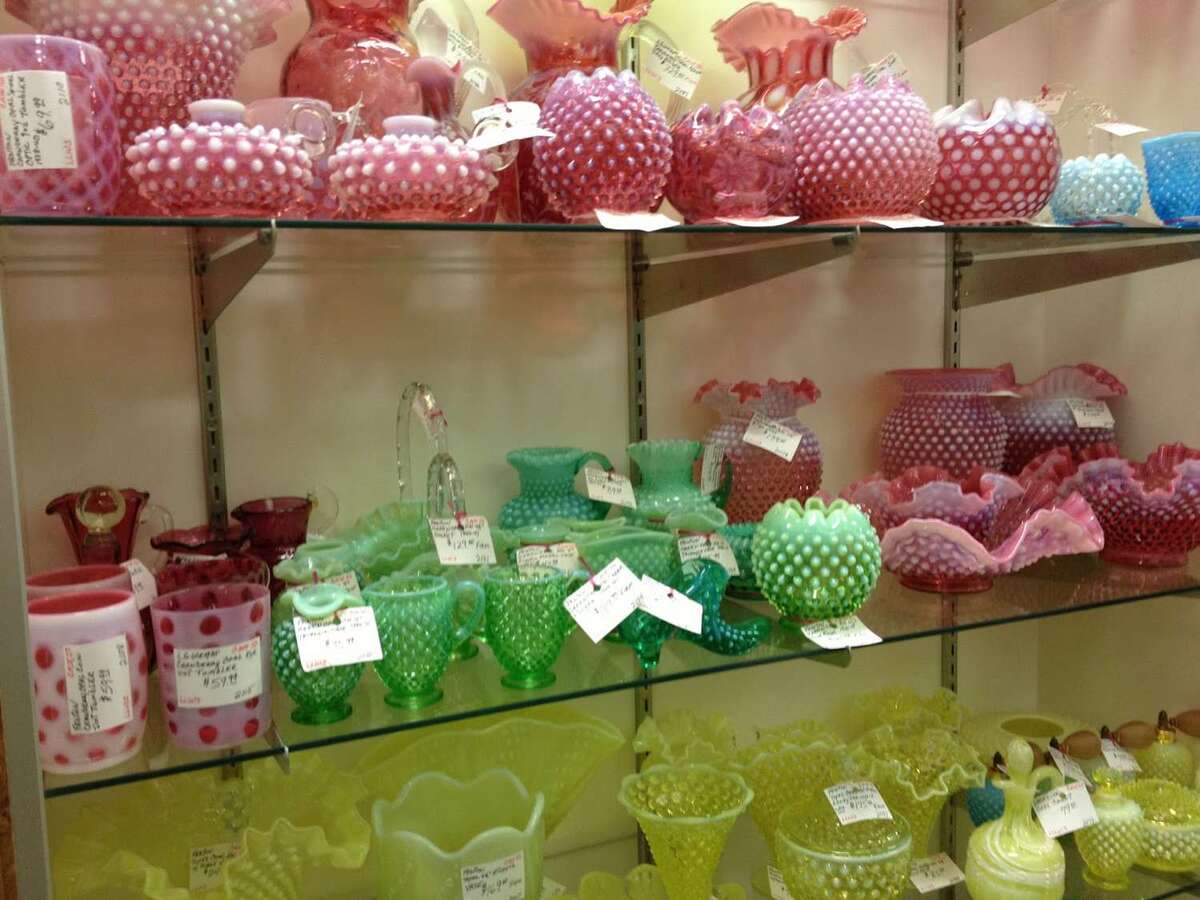

0 thoughts on “How Is A Glass Cup Made”